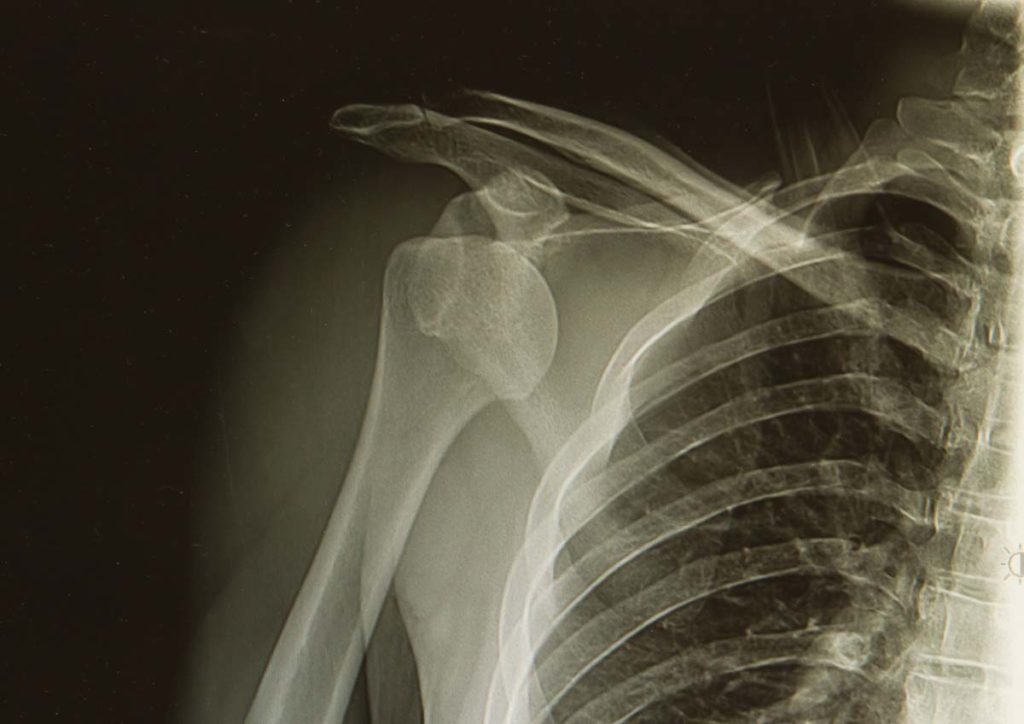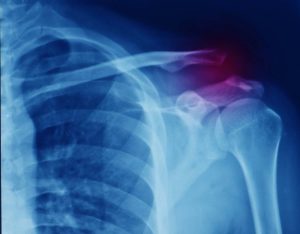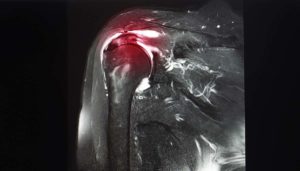
Shoulder Instability (Dislocation and Subluxation)
Typical Symptoms
Shoulder instability can lead to a “loose” sensation, with specific movements or in more extreme cases it can fully dislocate. Typically this occurs when the shoulder is pulled away from the body and rotated outwards.
In situations where there is a full dislocation, there will usually be immediate loss of function and pain, whereas with looseness, it may only be with specific movements. Often the individual is aware of the movement that aggravates the symptoms and so actively avoids this.
If the shoulder subluxes, it means that it moves out of place but does not fully come out; typically there can be pain, swelling and stiffness afterwards. Together with the instability there can be night pain or even labral injuries.

What causes it?
Shoulder instability can be due to a trauma, an anatomical change or a functional issue. With the former, the shoulder is usually forced into a position beyond the normal range and then it dislocates.
If the normal anatomy around the shoulder has been damaged or if the muscles are not functioning normally to keep it in place, there can be further dislocations or subluxation and the sensation of instability.
How can I help myself?
It is useful to consider when the symptoms came on; was there a full dislocation or did it feel like it shifted out of place (subluxed)? What movements continue to bring on those symptoms and perhaps try limiting movement in this range? Try doing some light movement and strengthening exercises to prevent the shoulder from stiffening up and acupuncture or cupping therapy can also help with pain symptoms.
When to seek help?
If the injury to your shoulder is acute and there is significant pain and limited movement, you should be assessed urgently. This is particularly important if there is the risk of concurrent injuries.
If your symptoms are more instability that did not start off from a trauma, but have not improved with activity modification, then this should also warrant further assessment.
What are the treatment options?
After being assessed clinically with a thorough history and clinical examination, if your clinician suspects that you have sustained a dislocation or have instability, they may try to improve your function with rehabilitation exercises. This is particularly with a first episode of such symptoms where surgical repair is not often needed.
To aid their assessment, they may organise an X-ray to look for bony injuries and an ultrasound scan to assess the tendons. If this is not helping, and your shoulder continues to feel unstable, they may request an MRI scan to assess the integrity of the joint, labrum and other structures around the shoulder that are responsible for stability.
In situations where the is an anatomical injury, a surgical treatment maybe needed, followed by further rehabilitation.




